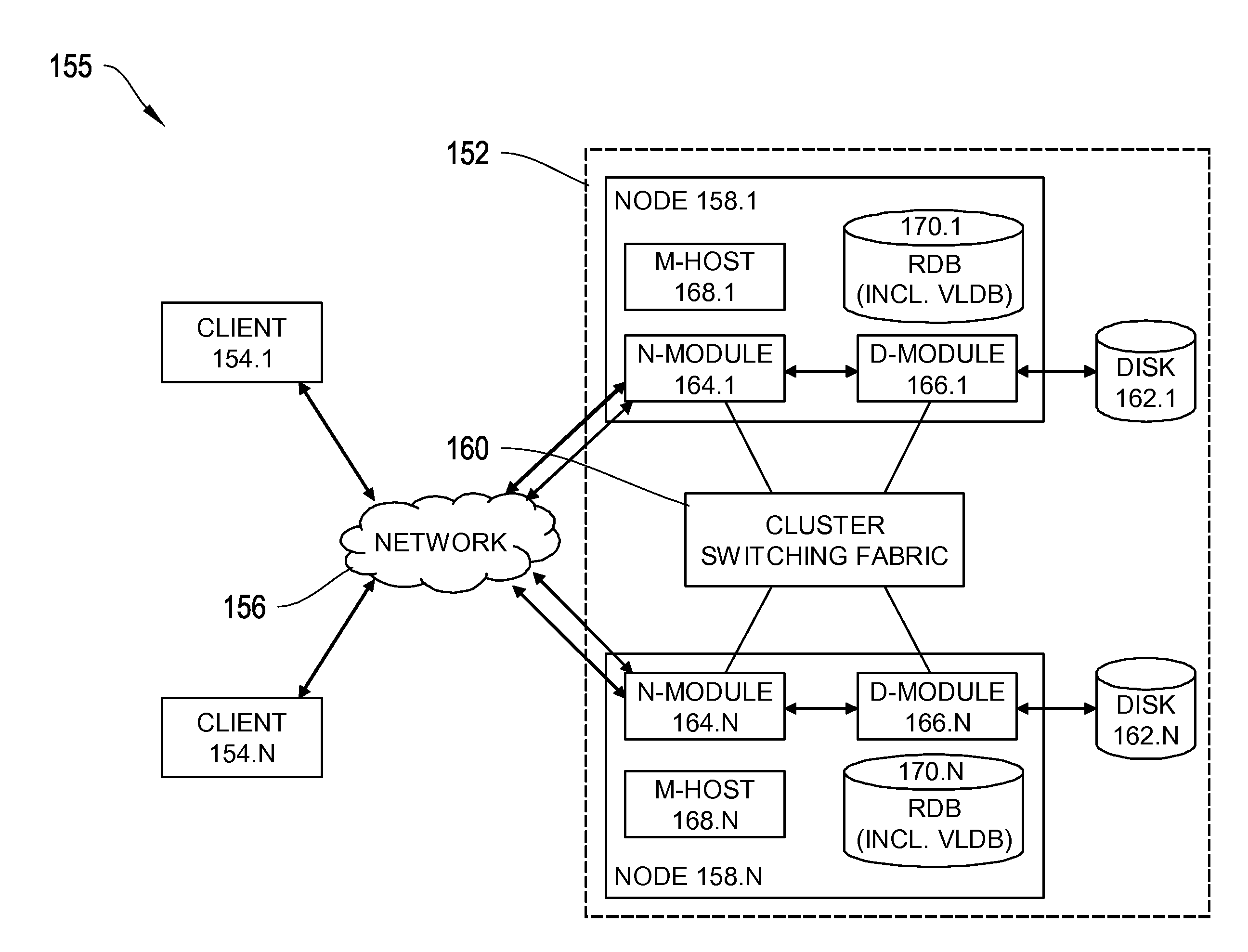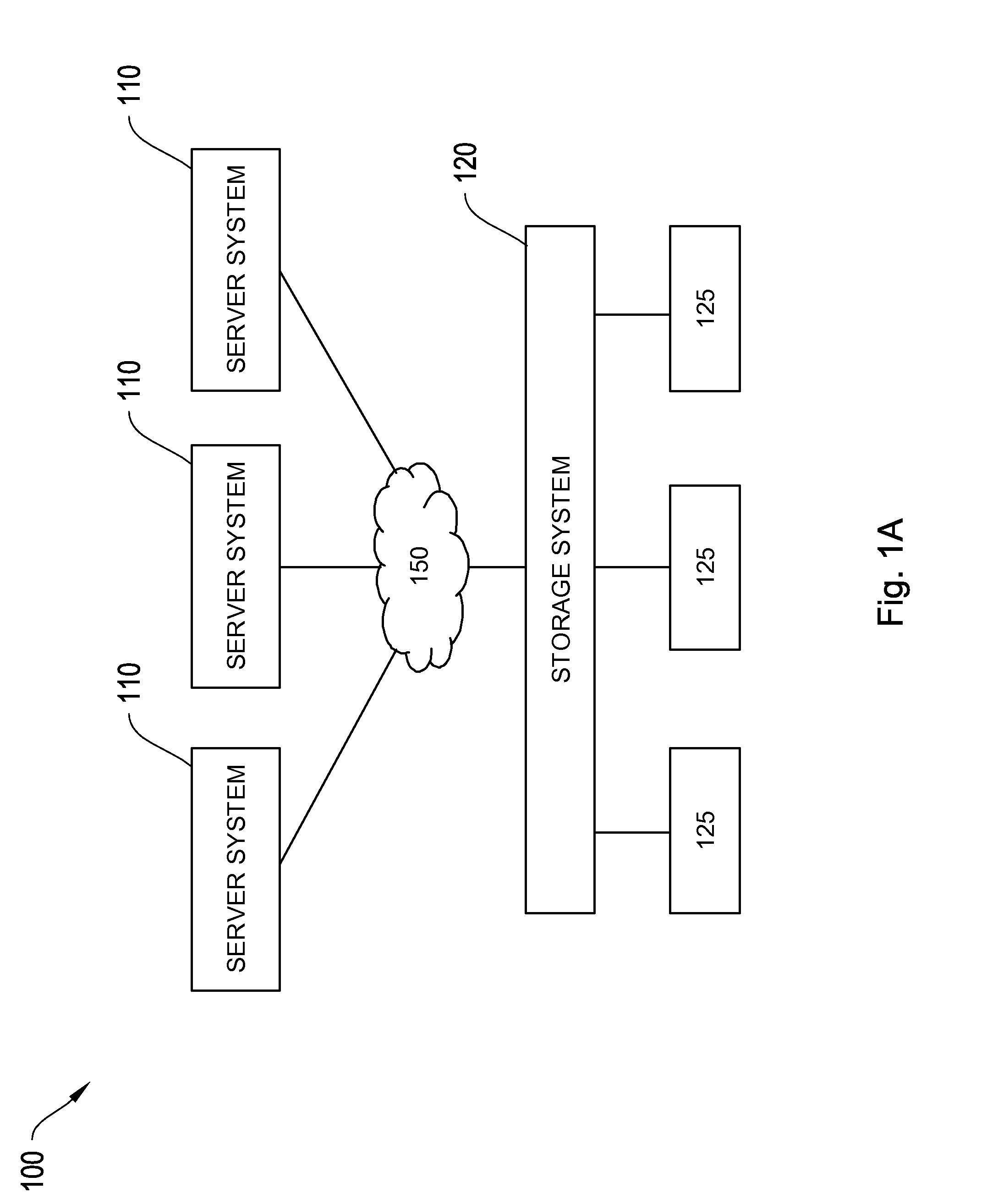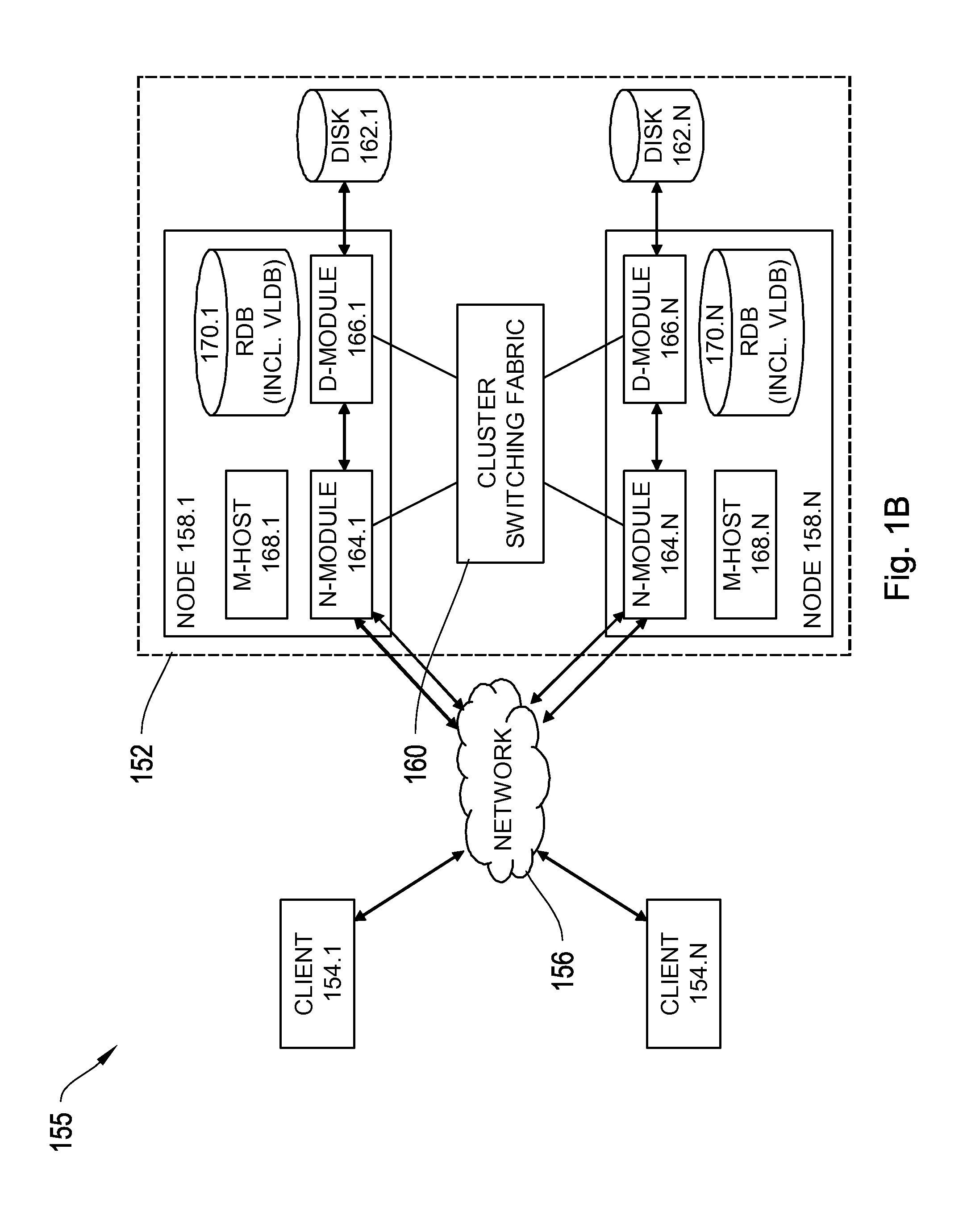Systems and Methods for Selecting Data Compression for Storage Data in a Storage System
- Summary
- Abstract
- Description
- Claims
- Application Information
AI Technical Summary
Benefits of technology
Problems solved by technology
Method used
Image
Examples
Embodiment Construction
[0028]In the following description, numerous details are set forth for purpose of explanation. However, one of ordinary skill in the art will realize that the embodiments described herein may be practiced without the use of these specific details and that in other instances, well-known structures and devices are shown in block diagram form to not obscure the description with unnecessary detail.
[0029]In one embodiment, the systems and methods described herein include, among other things, a compression process selection system that selects a compression process from a catalog of compression processes, based on resource limits placed on the compression process and the expected compression ratio for the selected compression process given those resource limits. The selected compression process may be employed as the baseline compression process for compressing data for that storage system. The resource limits may include, among other things, a data compression and decompression rate limi...
PUM
 Login to View More
Login to View More Abstract
Description
Claims
Application Information
 Login to View More
Login to View More - R&D
- Intellectual Property
- Life Sciences
- Materials
- Tech Scout
- Unparalleled Data Quality
- Higher Quality Content
- 60% Fewer Hallucinations
Browse by: Latest US Patents, China's latest patents, Technical Efficacy Thesaurus, Application Domain, Technology Topic, Popular Technical Reports.
© 2025 PatSnap. All rights reserved.Legal|Privacy policy|Modern Slavery Act Transparency Statement|Sitemap|About US| Contact US: help@patsnap.com



